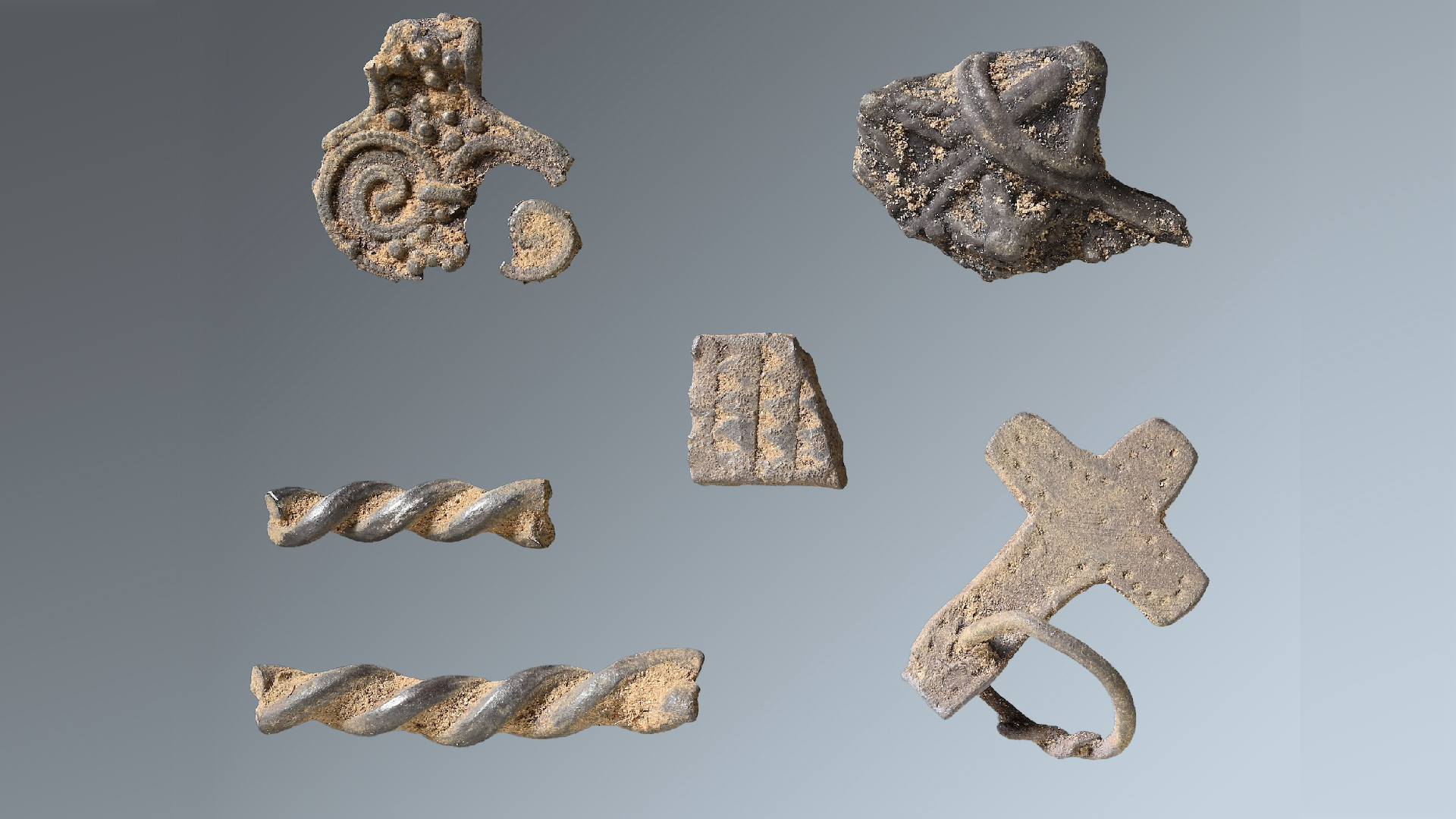
Google and NASA Team Up to Study Artificial Intelligence
The company that could be called the king of the Internet has joined up with the gatekeeper of space to study artificial intelligence by creating a computer that relies on the unique properties of quantum physics, NASA and Google have announced.
To study artificial intelligence and create this computer, the two giants are forming the Quantum Artificial Intelligence Lab, which will be housed at NASA's Ames Research Center located in California's Silicon Valley. They expect the quantum computer, which will complete calculations way faster — by some estimates at least 3,600 times faster — than today's supercomputers, will be up and running by the third quarter of this year, the New York Times reported. The quantum computer would be able to find complex patterns in information in order to determine creative outputs, a process called machine learning.
"We believe quantum computing may help solve some of the most challenging computer science problems, particularly in machine learning. Machine learning is all about building better models of the world to make more accurate predictions," Google noted in a blog post announcing the partnership. "If we want to cure diseases, we need better models of how they develop. If we want to create effective environmental policies, we need better models of what's happening to our climate. And if we want to build a more useful search engine, we need to better understand spoken questions and what’s on the web so you get the best answer."
Follow LiveScience on Twitter @livescience. We're also on Facebook & Google+.
Sign up for the Live Science daily newsletter now
Get the world’s most fascinating discoveries delivered straight to your inbox.
Jeanna Bryner is managing editor of Scientific American. Previously she was editor in chief of Live Science and, prior to that, an editor at Scholastic's Science World magazine. Bryner has an English degree from Salisbury University, a master's degree in biogeochemistry and environmental sciences from the University of Maryland and a graduate science journalism degree from New York University. She has worked as a biologist in Florida, where she monitored wetlands and did field surveys for endangered species, including the gorgeous Florida Scrub Jay. She also received an ocean sciences journalism fellowship from the Woods Hole Oceanographic Institution. She is a firm believer that science is for everyone and that just about everything can be viewed through the lens of science.
